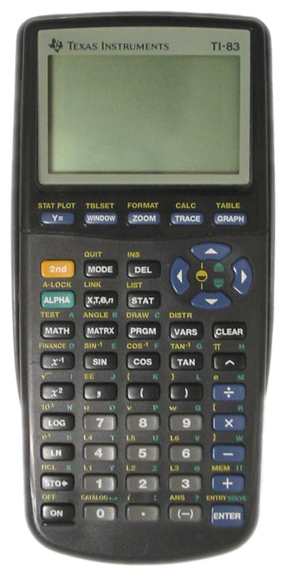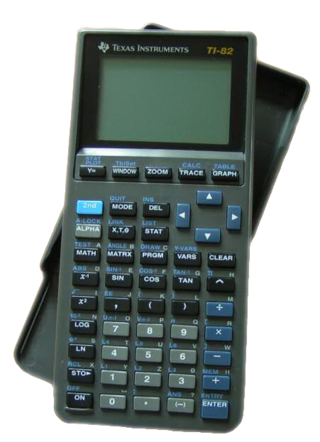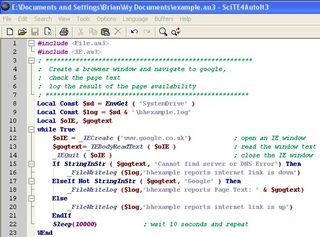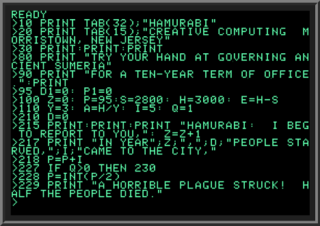Applesoft BASIC is a dialect of Microsoft BASIC, developed by Marc McDonald and Ric Weiland, supplied with Apple II computers. It supersedes Integer BASIC and is the BASIC in ROM in all Apple II series computers after the original Apple II model. It is also referred to as FP BASIC because of the Apple DOS command FP used to invoke it, instead of INT for Integer BASIC.

Atari BASIC is an interpreter for the BASIC programming language that shipped with Atari 8-bit computers. Unlike most American BASICs of the home computer era, Atari BASIC is not a derivative of Microsoft BASIC and differs in significant ways. It includes keywords for Atari-specific features and lacks support for string arrays.
In computer science, a syntax error is an error in the syntax of a sequence of characters that is intended to be written in a particular programming language.
Commodore BASIC, also known as PET BASIC or CBM-BASIC, is the dialect of the BASIC programming language used in Commodore International's 8-bit home computer line, stretching from the PET (1977) to the Commodore 128 (1985).

A graphing calculator is a handheld computer that is capable of plotting graphs, solving simultaneous equations, and performing other tasks with variables. Most popular graphing calculators are programmable calculators, allowing the user to create customized programs, typically for scientific, engineering or education applications. They have large screens that display several lines of text and calculations.

The TI-83 series is a series of graphing calculators manufactured by Texas Instruments.

The TI-85 is a graphing calculator made by Texas Instruments based on the Zilog Z80 microprocessor. Designed in 1992 as TI's second graphing calculator, it was replaced by the TI-86, which has also been discontinued.

The TI-84 Plus is a graphing calculator made by Texas Instruments which was released in early 2004. There is no original TI-84, only the TI-84 Plus, the TI-84 Plus Silver Edition models, the TI-84 Plus C Silver Edition, the TI-84 Plus CE, and TI-84 Plus CE Python. The TI-84 Plus is an enhanced version of the TI-83 Plus. The key-by-key correspondence is relatively the same, but the TI-84 features improved hardware. The archive (ROM) is about 3 times as large, and the CPU is about 2.5 times as fast. A USB port and built-in clock functionality were also added. The USB port on the TI-84 Plus series is USB On-The-Go compliant, similar to the next generation TI-Nspire calculator, which supports connecting to USB based data collection devices and probes, and supports device to device transfers over USB rather than over the serial link port.
bc, for basic calculator, is "an arbitrary-precision calculator language" with syntax similar to the C programming language. bc is typically used as either a mathematical scripting language or as an interactive mathematical shell.

The TI-82 is a graphing calculator made by Texas Instruments. The TI-82 was designed in 1993 as an upgraded version of and replacement for the TI-81. It was the direct predecessor of the TI-83. It shares with the TI-85 a 6 MHz Zilog Z80 microprocessor. Like the TI-81, the TI-82 features a 96×64 pixel display, and the core feature set of the TI-81 with many new features.

The TI-81 was the first graphing calculator made by Texas Instruments. It was designed in 1990 for use in algebra and precalculus courses. Since its release, it has been superseded by a series of newer calculators: the TI-85, TI-82, TI-83, TI-86, TI-83 Plus, TI-83 Plus Silver Edition, TI-84 Plus, TI-84 Plus Silver Edition, TI-84 Plus C Silver Edition, TI-Nspire, TI-Nspire CAS, TI-84 Plus CE, and most recently, the TI-84 Plus CE Python. Most of them share the original feature set and 96×64-pixel display that began with this calculator, with the exceptions of the TI-84 Plus C Silver Edition and the TI-84 Plus CE family.

The TI 73 series is a series of graphing calculators made by Texas Instruments, all of which have identical hardware.
HP Time-Shared BASIC is a BASIC programming language interpreter for Hewlett-Packard's HP 2000 line of minicomputer-based time-sharing computer systems. TSB is historically notable as the platform that released the first public versions of the game Star Trek.

AutoIt is a freeware programming language for Microsoft Windows. In its earliest release, it was primarily intended to create automation scripts for Microsoft Windows programs but has since grown to include enhancements in both programming language design and overall functionality.
Programmable calculators are calculators that can automatically carry out a sequence of operations under control of a stored program. Most are Turing complete, and, as such, are theoretically general-purpose computers. However, their user interfaces and programming environments are specifically tailored to make performing small-scale numerical computations convenient, rather than general-purpose use.

The TI-Nspire is a graphing calculator line made by Texas Instruments, with the first version released on 25 September 2007. The calculators feature a non-QWERTY keyboard and a different key-by-key layout than Texas Instruments's previous flagship calculators such as the TI-89 series.
In computer programming, an anonymous function is a function definition that is not bound to an identifier. Anonymous functions are often arguments being passed to higher-order functions or used for constructing the result of a higher-order function that needs to return a function. If the function is only used once, or a limited number of times, an anonymous function may be syntactically lighter than using a named function. Anonymous functions are ubiquitous in functional programming languages and other languages with first-class functions, where they fulfil the same role for the function type as literals do for other data types.

The Casio Algebra FX series was a line of graphing calculators manufactured by Casio Computer Co., Ltd from 1999 to 2003. They were the successor models to the CFX-9970G, the first Casio calculator with computer algebra system, or CAS, a program for symbolic manipulation of mathematical expressions. The calculators were discontinued and succeeded by the Casio ClassPad 300 in 2003.

TI-BASIC 83,TI-BASIC Z80 or simply TI-BASIC, is the built-in programming language for the Texas Instruments programmable calculators in the TI-83 series. Calculators that implement TI-BASIC have a built in editor for writing programs. While the considerably faster Z80 assembly language is supported for the calculators, TI-BASIC's in-calculator editor and more user friendly syntax make it easier to use. TI-BASIC is interpreted.

A BASIC interpreter is an interpreter that enables users to enter and run programs in the BASIC language and was, for the first part of the microcomputer era, the default application that computers would launch. Users were expected to use the BASIC interpreter to type in programs or to load programs from storage.













